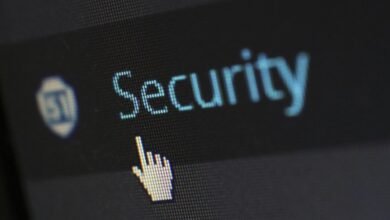
Fraudulent Communication Oversight Department 8339881887 3854864214 8045005635 6163306271 4102750858 5593583901
Fraudulent communications can ruin lives in an instant, making vigilance essential. The Fraudulent Communication Oversight Department, backed by hotline numbers like 8339881887 and 3854864214, is your ally in combating these deceptive practices. Understanding their role and how to effectively report fraud is crucial for your safety. But what common scams should you be on the lookout for, and how can you protect yourself from becoming a victim?
Understanding the Role of the Fraudulent Communication Oversight Department
Understanding the role of the Fraudulent Communication Oversight Department is crucial, as it directly affects how organizations manage and mitigate risks associated with deceptive practices.
You’ll find that effective fraud detection hinges on robust communication strategies. By establishing clear protocols and fostering transparency, this department empowers you to identify threats early, reinforcing your organization’s integrity and promoting a culture of accountability and vigilance.
Key Hotline Numbers and Their Significance
Hotline numbers serve as vital lifelines for reporting suspected fraudulent activities within an organization.
Their effectiveness hinges on clear reporting procedures, empowering you to act without hesitation.
By knowing these key numbers, you gain access to essential resources that facilitate swift action against fraud, ensuring your organization remains secure.
Trusting these hotlines enhances overall integrity and promotes a culture of transparency and accountability.
Common Scams and How to Recognize Them
As fraudsters become increasingly sophisticated, recognizing common scams can significantly reduce your risk of falling victim.
Identity theft often occurs through phishing schemes, where scammers impersonate trusted sources to steal personal information. Look for suspicious emails, unexpected requests for sensitive data, or poor grammar.
Being vigilant can help you identify these tactics before they compromise your freedom and security. Stay informed; it’s your best defense.
Steps to Protect Yourself From Fraudulent Communications
Recognizing common scams is just the first step; protecting yourself from fraudulent communications requires proactive measures.
Prioritize scam prevention by verifying the sender’s identity before engaging. Use strong passwords and enable two-factor authentication for your accounts.
Regularly update your software to enhance communication safety. Stay informed about the latest scams, and trust your instincts—if it seems suspicious, it probably is.
Conclusion
In summary, staying vigilant against fraudulent communications is essential for your safety and security. By recognizing the signs of scams, utilizing the hotline numbers, and reporting suspicious activities, you not only protect yourself but also contribute to a larger culture of accountability. Remember, awareness empowers you, action strengthens your resolve, and community support reinforces our collective integrity. Together, we can create a safer environment, deter fraudulent practices, and uphold the values of transparency and trust within our organization.




